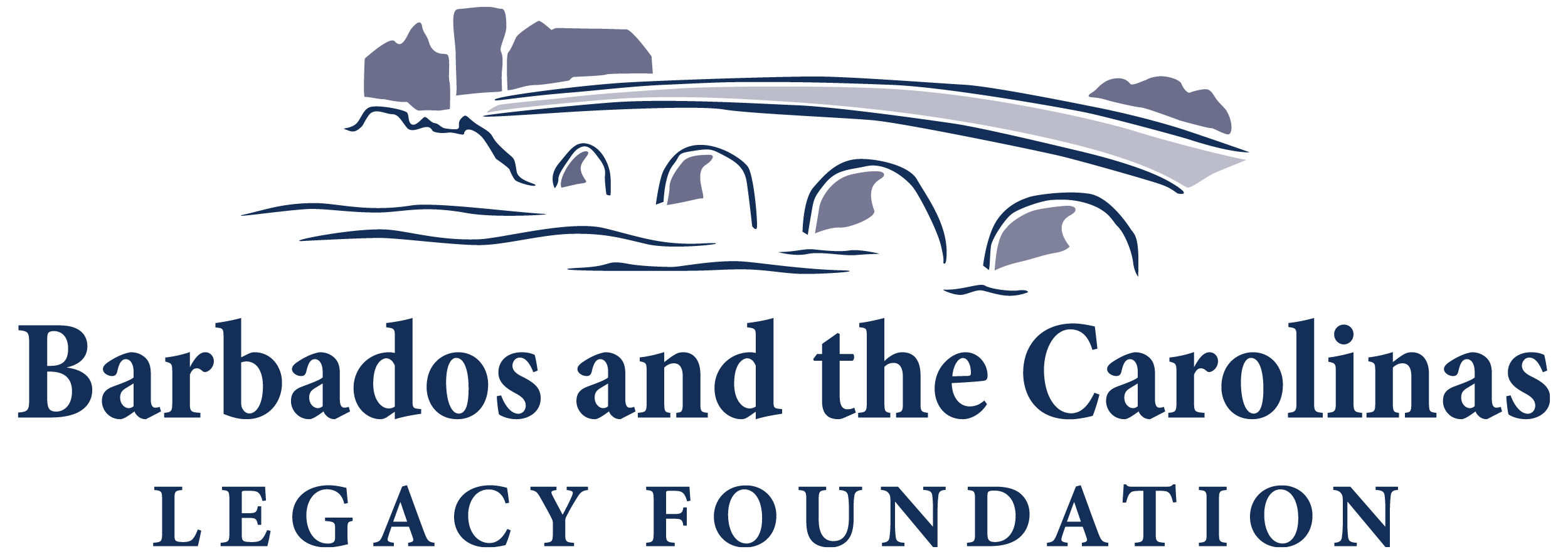Barbados is the most easterly island of the archipelago which stretches from the tip of Florida almost to the northern coast of South America. Archaeologists have determined that Barbados was first inhabited by different Amerindian tribes. However, when in 1627 the British landed on the island with ten Africans they acquired during their voyage, they found the island uninhabited.
Barbados was the first Caribbean island a sailing ship from Europe or Africa would reach, which made it pivotal for settlement and further British expansion in the Americas. During the first few decades of settlement, the island had a white-majority population with a large number of indentured servants who were brought from Ireland and Scotland. Sometime about the 1640s, sugarcane began to be planted with great success. The sugarcane plantations required a large labor force, and the indentured servants, not used to the tropical climate, had great difficulties in the fields, so planters brought an increasing number of enslaved workers from the west coast of Africa. Barbados’s population consequently shifted to a black majority.
The profits from sales of sugar made Barbados England’s richest colony. The island became known as “Little England.” Speightstown, the second trading town to the north of the island, became known as “Little Bristol.” Barbados became the pride of England and the British stronghold in the Americas.
By the 1660s plantations covered the Barbados landscape and arable land became scarce. Because the entire island is just 166 square miles, Barbados planters looked elsewhere for land to which they could move and expand their operations. One of the main areas they considered for settlement was North America. The first expedition by a group known as the Adventurers landed at Cape Fear, North Carolina. That settlement failed. A second expedition reached Albemarle Point near what is now Charleston in 1670. That land is now the site of the Charles Towne Landing state park. The Barbadians brought with them indentured servants and enslaved persons to work the land – voluntary and involuntary immigration was in progress.
The successful settlement at Albemarle Point led to more ships sailing from Barbados to the Carolinas. Barbadians played a very strong role in the government. A number of the governors of Carolina had roots on Barbados. The social structure for a Carolina plantation society mirrored that of Barbados. The Carolina code for treating enslaved people was based on the laws and traditions of Barbados.
The Revolutionary War brought a change to the relationship of Barbados and the Carolinas. Barbados, which would remain a British colony until it gained independence in 1966, maintained close ties with England while the Carolinas became aligned with northern states. Nonetheless, discernible similarities lingered in the Carolinas and southern states where the plantation system existed.
In the past few decades U.S. scholars have spent much time studying the close ties between Barbados and the Carolinas. One historian has claimed that Carolina was essentially a colony of Barbados during the colonial period—a “colony of a colony.” Barbados was also deemed as a “culture hearth.” And the “Barbados model” was used to describe the British plantation system found throughout the British American colonies. Barbados’s records and history continue to be unearthed, studied, and analyzed.
In 1985 the New York-based Barbados Tourism Authority commissioned a team to visit South Carolina to explore historical and architectural links between Barbados and the Carolinas. One of the first important books on this subject The Barbados-Carolina Connection was coauthored by two members of the team, Warren Alleyne and Henry Fraser, and first published in 1988.
Barbados and Barbadians have emerged as custodians of an important part of shared history and legacy that is inextricably linked to the Carolinas. Barbados now has a unique responsibility to the world community to be good stewards and participants in collaboration, discussion, and understanding of this shared history offer.

